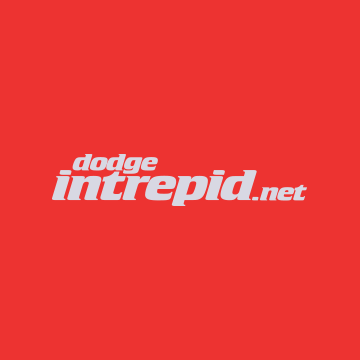I've been reading over some Patent filing from Chrysler regarding the DRB-II and I think its making more sense to me.
First:
DRB-II Patent link
DRB-III Patent link
Mopar Diagnostics Systrem (MDS) Computer Patent link
The DRB-II evolved from experiments to connect a standard computer RS-232 "like" serial port to multiple RS-232 serial ports (all) on the same two wires. Like train-tracks this created a "shared" bus. They then taught each computer to "read" at the same time they "wrote" to the wires, and if the two were not the same, they "detected" a "collision" assuming they were trying to write data to the "bus" at the same time as another device sharing the two communications wires. A computer detecting a collision then waited a random period of time and tried again.
The reason they did this was to "save" having to wire up a bunch of point to point communications wires and simplify wiring a communications system under the hood of the vehicle.
So the SCI is a "physical interface" in that it doesn't "care" what is being communicated but defines a way of wiring up RS-232 serial ports so multiple computers can "share" the same two wires running all around under the hood from the Powertrain computer to the Transmission computer to the Cluster Dash Display computer, Brake computer, AirBag computer and so on..
Once this was defined it was turned into a Specification that other AutoMakers could follow called J1850. Eventually they turned this wiring Spec into a physical "Chip" so that standard computer parts that only had RS-232 serial ports could plug into without having to worry about detecting and backing off and retransmitting. The communications method became a simple "part" of the wiring harness.
So once that was done they had to come up with a Testing procedure and formalized that in a Patent.
And once that was done they had these "computers" on a communications bus listening and waiting to respond to various commands. The simplest being the SMEC and SBEC engine computers.
The SMEC and SBEC computers have thier own wiring that goes out to various sensors and switches point-to-point with no bus inbetween, to collect data and sense switch positions and drive spark coils, relays or solenoids. But they also have this SCI "physical interface" which connects to a DRB-II.
The DRB-II can go into "Command Mode" or "Interrogator Mode". The first is slower than the second.
The DRB-I apparently only had a "Command Mode".
The thing is the protocol for communications "is not" defined by the DRB-II, it "is" defined by "what its talking to.."
So that means if your connected and talking to an SMEC engine computer, then you need to speak its protocol "or language" which happens to ressemble "Command Mode" or "Interrogator Mode" but what those "Commands" or "Words" or language are.. depends entirely on that SMEC computer for that engine computer.
I would suspect that the early SMEC or SBEC engine computers would support a "root language" which all the similar year or subsequent models "build upon" as time moved forward. Which would explain why a "SuperCartridge" could emerge over time.. but not in the beginning.
The DRB-II is a simple computer with some tricky electronics to support the SCI connector and the CCD connector.. and subsequent Adapters. It only had 512 bytes built-into the CPU. And that was basically its BIOS for startup.. mostly it went looking for a Cartridge and started loading whatever was there into memory and jumped to the loaded programs "start" location and started executing a Cartridge specific computer program.
Since there are only one or two DRB-II devices I imagine the startup code is fairly generic. The Cartridges probably follow a somewhat standard program format with SMEC or SBEC specific codes or routines all designed to work over the same physical hardware.
I think whats required is not a better understanding of the DRB-II as a better understanding of the SMEC or SBEC devices themselves.. their "command" language and an understanding of what variables they make available when requested.
At the same time.. if the DRB-II is merely a simple computer.. finding or figuring out how to build a Cartridge that extends it, and allows data capture or PC communications is one approach.. but the platform is old and hard to acquire.
A different approach might be a WiFi or Bluetooth "modem" but its kind of techy and subject to all kinds of harsh engine noise.
I think some more thought is warranted.
But I also think the MPScan folks may be on to the right approach.






